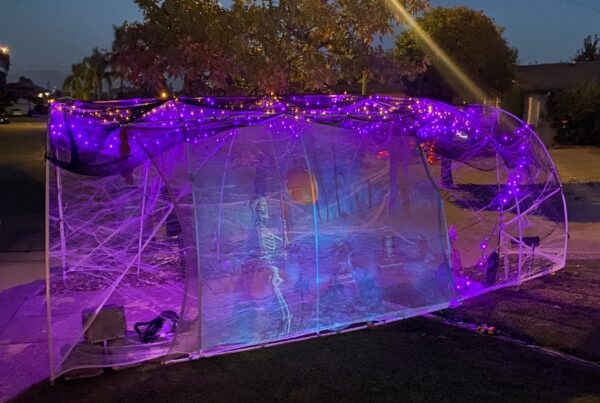
Dyslexia and Coexisting Conditions
It’s More Than Just Dyslexia
It’s important to remember that dyslexia is not related intelligence. Further, most dyslexics have average to above-average IQ’s. Dyslexia, and some of the conditions listed below, can be managed and mitigated by having the right accommodations put in place. They may also benefit from the use of multi-sensory teaching approaches and strategies. I’ve learned that you have to attack things from many angles to help improve these challenges.
Common Coexisting Conditions with Dyslexia
- Dysgraphia – Dysgraphia is a learning difference that affects a person’s writing. It impacts skills like handwriting ability, fine motor skills, and getting thoughts down on paper.
-
Dyscalculia – Dyscalculia is a learning difference that affects math. It impairs a person’s ability to understand and process mathematical concepts.
-
ADHD – Attention-deficit/hyperactivity disorder (ADHD) is one of the most common mental disorders affecting children. It commonly accompanies a dyslexia diagnosis. Symptoms of ADHD include inattention, hyperactivity, and impulsivity.
-
Anxiety – Anxiety is a natural response to stress. Unfortunately, dyslexia can lead to a lot of stress for a child who struggles with reading or other conditions. The stress that a child feels, as they try to regulate, can cause feelings of anxiety.
-
Executive Function Disorder: Executive functioning skills help you get things done. It’s a set of mental skills that include working memory, flexible thinking, and self-control. Executive function helps you do things like manage time, pay attention, or plan, organize, and remember details. People with Executive Function disorder have trouble bringing all of these things together.
-
Sensory Processing Disorder: Sensory Processing Disorder is a condition in which the brain has trouble responding to information that comes in through the senses. A child may be oversensitive or undersensitive to sensory input. It can affect one or more of the senses. Children who have sensory processing disorder may overreact to sounds, clothing, and textures.
Coming to Terms with Managing Not Fixing
So yeah, Dyslexia loves company. In one way or another, our family has experienced and dealt with all of the conditions listed above. Further, we’ve been able to manage each and every one of them. Notice I didn’t say “Fix.” I’ve learned that often times it isn’t about “fixing” things. I wrote this because it would have been great to know these conditions were common in kids with dyslexia. I felt unprepared every time we discovered a new condition or problem.
I am hoping the information I’ve shared here can help someone else struggling with dyslexia. More so, I hope it may shed some light on some of dyslexia’s common coexisting conditions. Feel free to drop me an email or a comment if you have any questions or ideas.
If you want to learn more about our journey with dyslexia you can read “Our Dyslexic Journey.”

Mom of two and seeking sanity in the everyday. Let’s chat about family, school struggles, travel, and living our best life. Located in the San Francisco Bay area.





